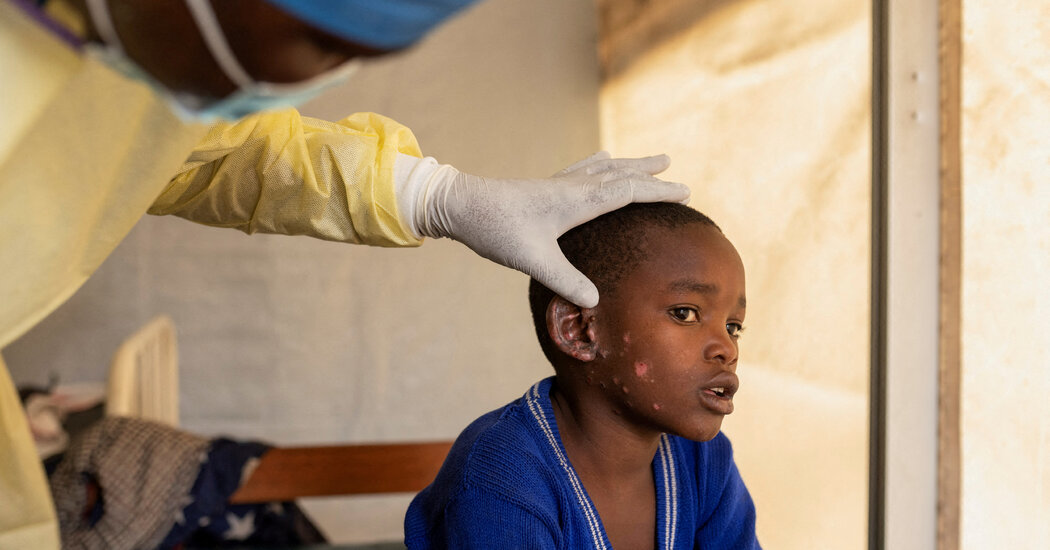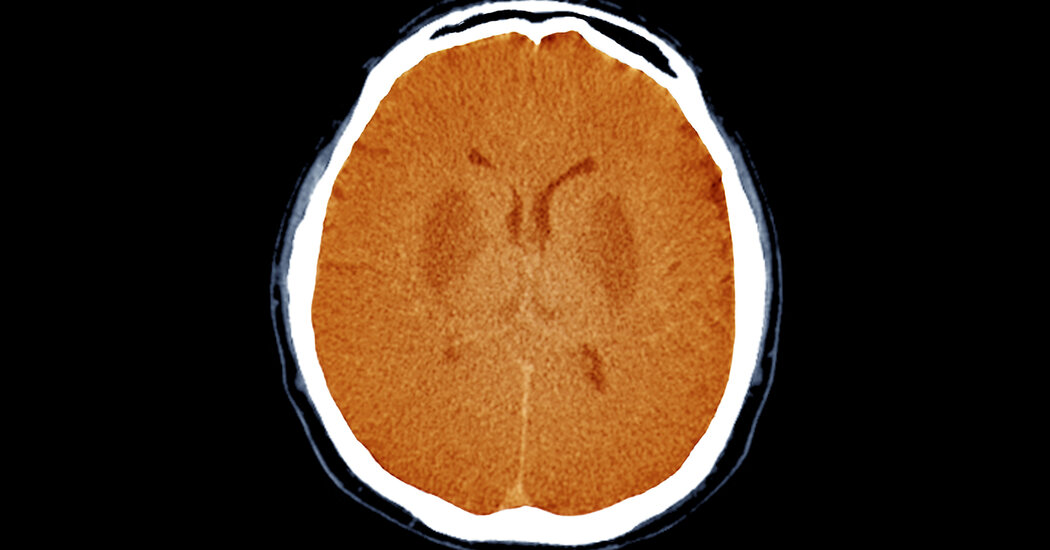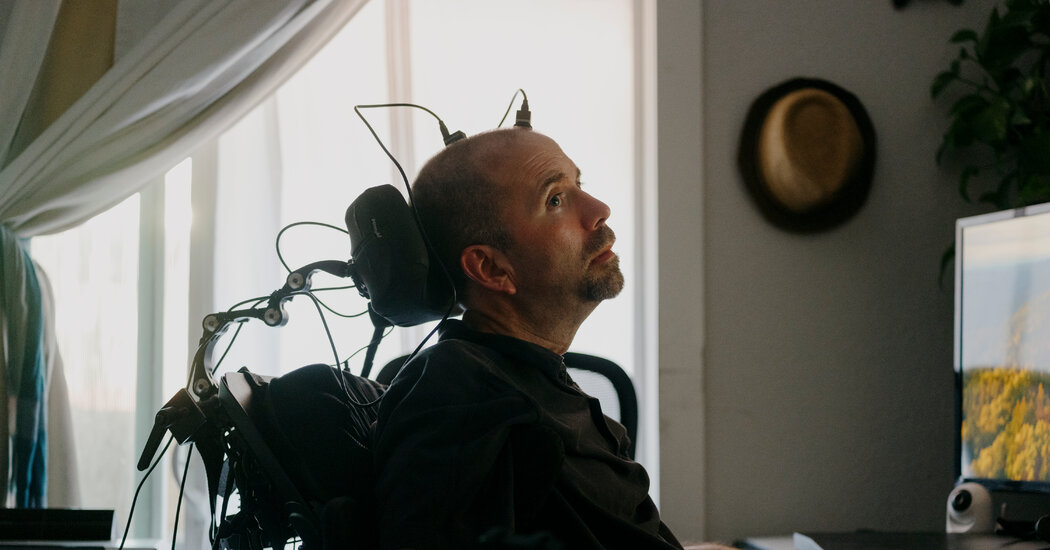Ancient Egyptian Scribes Suffered Ergonomic Injuries
We tend to think of scribes as being in the mold of Bartleby the Scrivener, the eponymous Wall Street law clerk in Herman Melville’s 1853 short story. Working “silently, palely, mechanically,” Bartleby is an industrious employee who consumes legal documents “as if long famishing for something to copy” — before he eventually turns into an inscrutable refusenik who is relegated to a desk behind a screen that looks out at a brick wall.In ancient Egypt, scribes were more than dreary papyrus-pushers. By and large, they were dignitaries, ranked above artisans and merchants but below priests and nobles. Their status derived chiefly from their literacy, a skill still in its infancy during the Old Kingdom, 4,200 to 4,700 years ago. Influential families sent their teenage sons to train for entry-level jobs at the royal court, where they performed vital administrative functions, such as drawing up contracts, measuring fields for tax purposes and recording the biennial cattle census. There were few if any female scribes.For all their prestige, the scribes of the third millennium B.C. faced many of the same occupational hazards as the desk jockeys and keyboard warriors of today. A new study in the journal Scientific Reports found that the repetitive tasks carried out by Pharaonic-era scriveners, and the postures that they assumed while scrivening, might have caused degenerative changes in their joints, spines and jaws.Museum and university researchers from the Czech Republic examined the remains of 69 adult male skeletons buried from 2700 to 2180 B.C. in a necropolis in Abusir, a complex of pyramids and tombs a few miles south of Cairo. Thirty of the deceased were presumed to have been scribes, judging by their burial location, inferred social rank, or, in six cases, titles found in their tombs.Two scribes in a relief from the Tomb of Akhethotep in Saqqara, Egypt. Scribes performed vital administrative functions, such as drawing up contracts and measuring fields for tax purposes.Heritage Image Partnership Ltd./AlamyThe skeletons of the scribes were compared with those of 39 non-scribes from the same region and time period. “These 39 individuals belonged to the lower strata of society,” said Veronika Dulikova, an Egyptologist at Charles University in Prague and an author of the new paper. “They were buried in humble, mud-brick tombs with a simple niche instead of an inscribed false door, as in the case of members of the elite.” False doors were believed to act as portals between the afterlife and the living world, allowing the soul of the deceased to freely enter and exit the tomb.We are having trouble retrieving the article content.Please enable JavaScript in your browser settings.Thank you for your patience while we verify access. If you are in Reader mode please exit and log into your Times account, or subscribe for all of The Times.Thank you for your patience while we verify access.Already a subscriber? Log in.Want all of The Times? Subscribe.
Read more →








